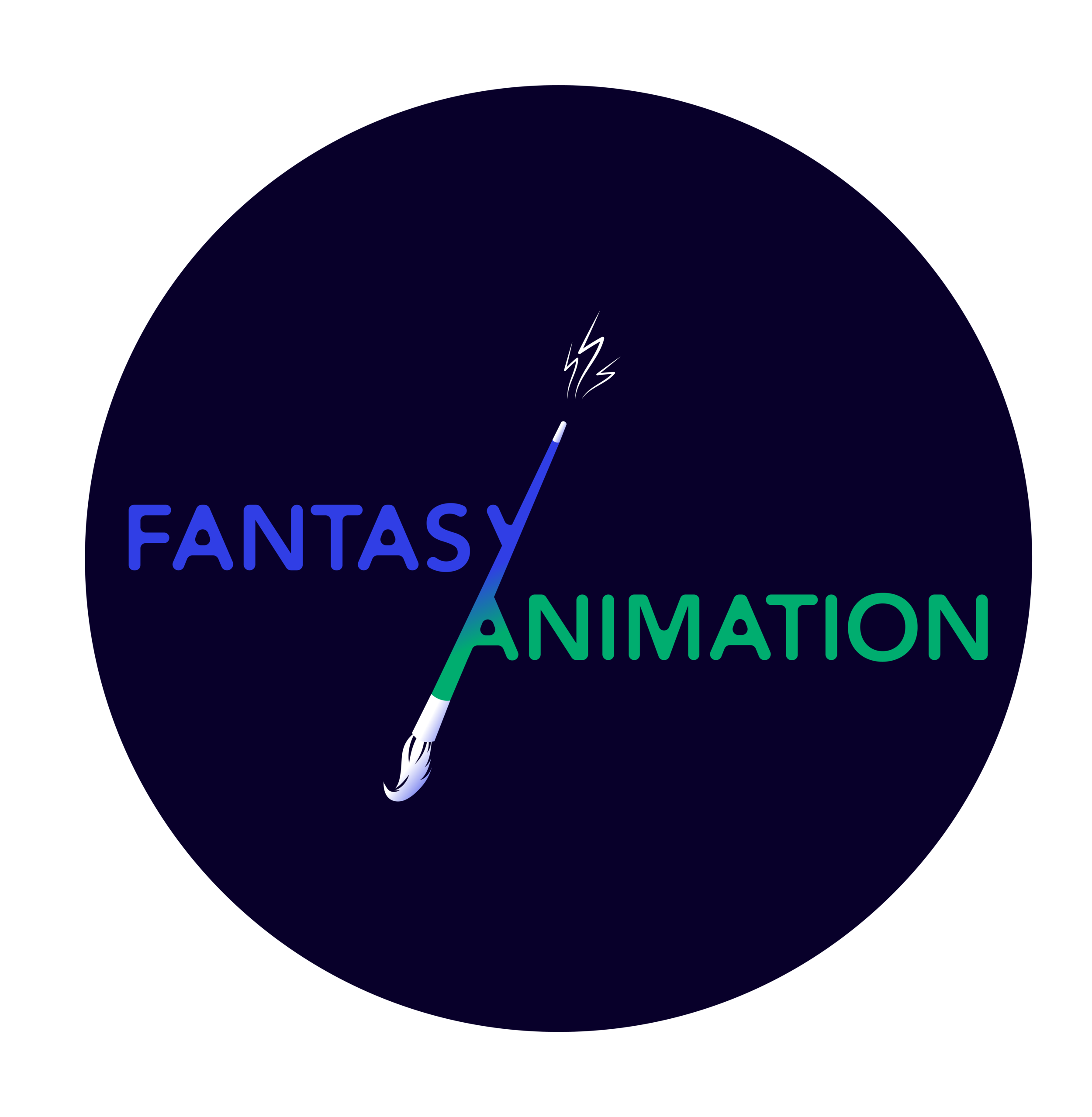‘Wonderland Drama with added Kitchen Sink’: Electricity (2014)
I have to admit that the first time I watched Electricity (Bryn Higgins, 2014) I was not prepared for my emotional response. This was not only because the film presented its subject material and female protagonist in a compelling way, but also because it appeared to chime with my own research interests into fantasy genre and British cinema (Fig. 1). I was later delighted to contribute a chapter on the film to the Fantasy / Animation collection, as it certainly embraces both themes, and challenges existing ideas and preconceptions attached to aesthetics, genre and national cinema.
Electricity is based on the 2006 novel by Ray Robinson and was produced by Soda Pictures with BFI funding. As with most low-budget independent British films, it received a short cinema release after premiering at the London Film Festival in 2014. The film follows the story of Lily O’Connor (Agyness Deyn), a young woman with a troubled past, who decides to track down her estranged younger brother Mikey (Christian Cooke) (Fig. 2). However, Lily suffers from a deliberating form of epilepsy which makes her journey far more perilous. This is portrayed using animated visual effects that attempt to convey the subjective sensation of experiencing the condition at first hand. It is this striking approach towards fantasy / animation that concerns my chapter in the collection.
In writing about the film, a significant challenge was to consider how Electricity can be framed within the multiple contexts of national cinema, fantasy and animation studies. The film presents itself as a realist drama, conveying a verisimilitude that, at least on the initial surface, resonates with the socio-political didacticism found in British ‘realist’ cinema. It embraces a ‘raw’ and ‘gritty’ aesthetic, showing the “effects of environmental factors on the development of character through depictions that emphasise the relationship between location and identity” (Hallam and Marshment 2000: 184). Lily comes from a deprived community and a broken family home. Through a series of disturbing flashbacks, we establish that her father was absent and her mother abusive, resorting to physical and emotional violence on the young girl. Such scenes evoke the bleak ‘kitchen sink’ tropes commonly associated with social realism, a”defining characteristic of British film culture” (Leggott 2012: 167), as we witness the grim outcome of social immobility and economic deprivation. Lily lives in a northern seaside town, a ‘place’ that signifies character and operates as a metaphor for the state of mind of the protagonist (Higson 1984: 3). Whilst at the beginning of the film this setting appears to offer Lily limited aspirations, by the end this location provides solace: a ‘safe place’ that is symbolically and literally ‘home’. The repeated emphasis on ‘place’ throughout the film suggests a psychological connection and attachment to the familiar and familial.
However, the ‘realism’ established through location, character and narrative is disrupted by frequent and abrupt shifts into the subjective sphere. It is these moments in the film that problematise the aesthetic and generic expectations otherwise foregrounded throughout. Lily’s epilepsy manifests itself as a series of visions and hallucinations that are explicitly framed from her perspective. In understanding how the film might operate within more established traditions of fantasy, I found various analogous connections to the Alice in Wonderland stories by Lewis Carroll. Lily experiences a series of wondrous and horrific images which are exacerbated by her medication. As she articulates in an internal monologue during one of her seizures: ‘I’m Alice, falling down the rabbit hole’. Even Lily’s journey to find her brother, Mikey, is suffused with Wonderland imagery, travelling south (literally down the country) to London and encountering assorted Carollesque characters along the way. The fantastic encroaches into Lily’s everyday life, often without warning, and occasionally with such subtlety that it becomes a ‘blink and you might miss the effect’ moment. The sensation of epilepsy is animated into a series of electric pulses that flare and shimmer across the screen. Inanimate objects shift and move. City lights become a fuzzy blur of neon colour. It is this visual approach that makes the film so interesting, particularly as it is neither a fantasy or animation yet employs both forms of creative expression to mobilise character motivation and narrative development, and engage viewer empathy with the protagonist.
Electricity differs from perhaps more generic examples of fantasy animated films, or animated fantasy films, where visual effects are often used to create believable worlds or scenarios. Instead, Electricity uses animated effects to embellish the visions and images experienced by Lily, providing subjective insight into her inner thoughts and emotions: fantasy as internalised from within. As a result, it problematises the social realism, creating a ‘complex “real” in which the awful and the wonderful can co-exist’ (Dave 2006: 91). It was these features that captured my interest on watching the film and provided the main focus for my chapter in the collection. Whilst Electricity certainly delivers a powerful punch, it remains sensitive to the subject material, and received support from both the Wellcome Trust and the UK Epilepsy Society. It also provides a fascinating addition to the canon of British ‘realist’ cinema as a drama that engages creatively with the animated fantastic.
**Article published: December 7, 2018**
References
Dave, Paul. Visions of England: Class & Culture in Contemporary Cinema (Oxford: Berg, 2006).
Hallam, Julia and Margaret Marshment. Realism and Popular Cinema (Manchester: Manchester University Press, 2000).
Higson, Andrew. “Space, Place, Spectacle: Landscape and Townscape in the ‘Kitchen Sink’ Film,” Screen 25, no. 4-5 (1984): 133-156.
Leggott, James. “Social Realism,” in Directory of World Cinema: Britain, eds. Emma Bell and Neil Mitchell (Bristol: Intellect, 2012),166-169.
Biography
Dr Carolyn Rickards is a Research Associate currently working on the AHRC funded project ‘The Eastmancolor Revolution and British Cinema 1955-1985’ based at the University of Bristol.



